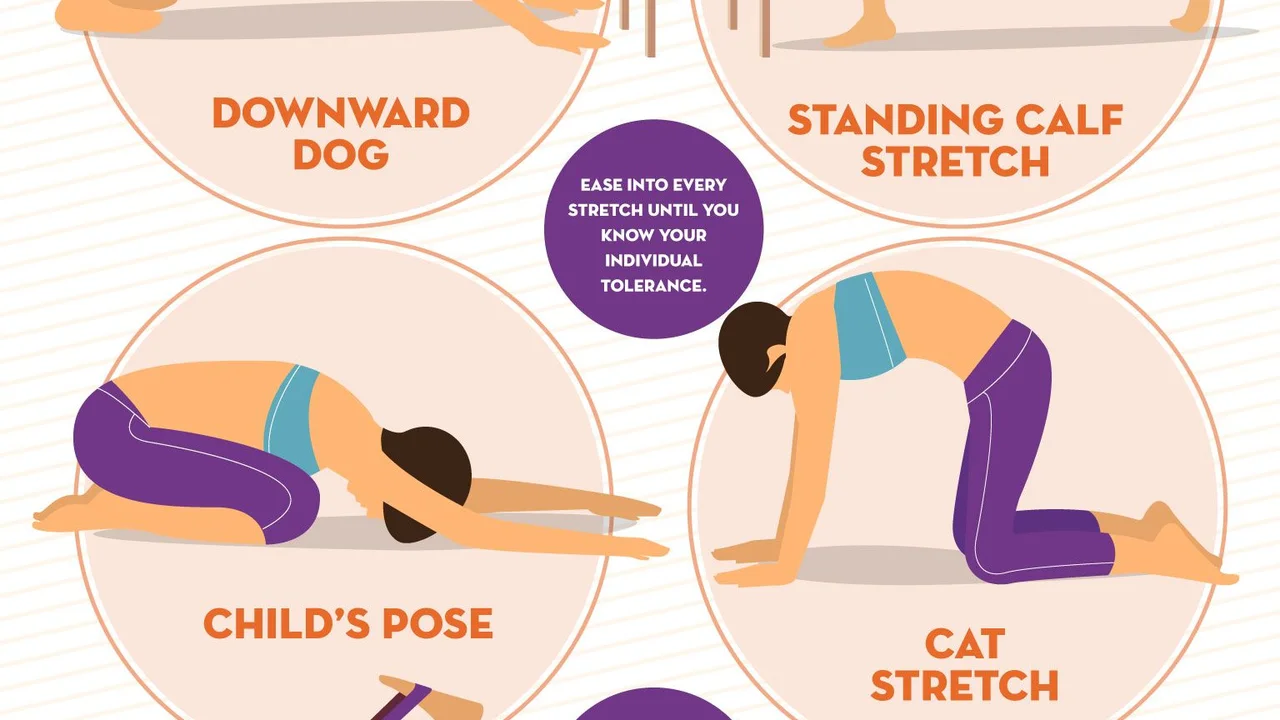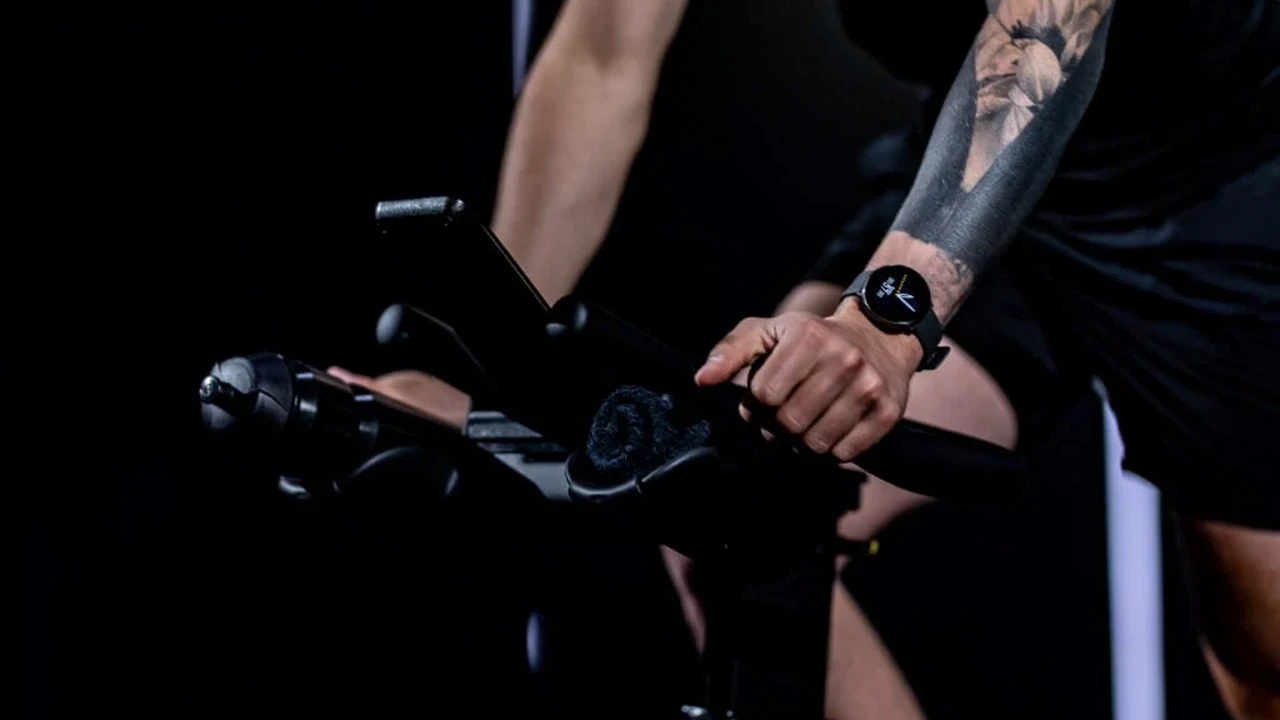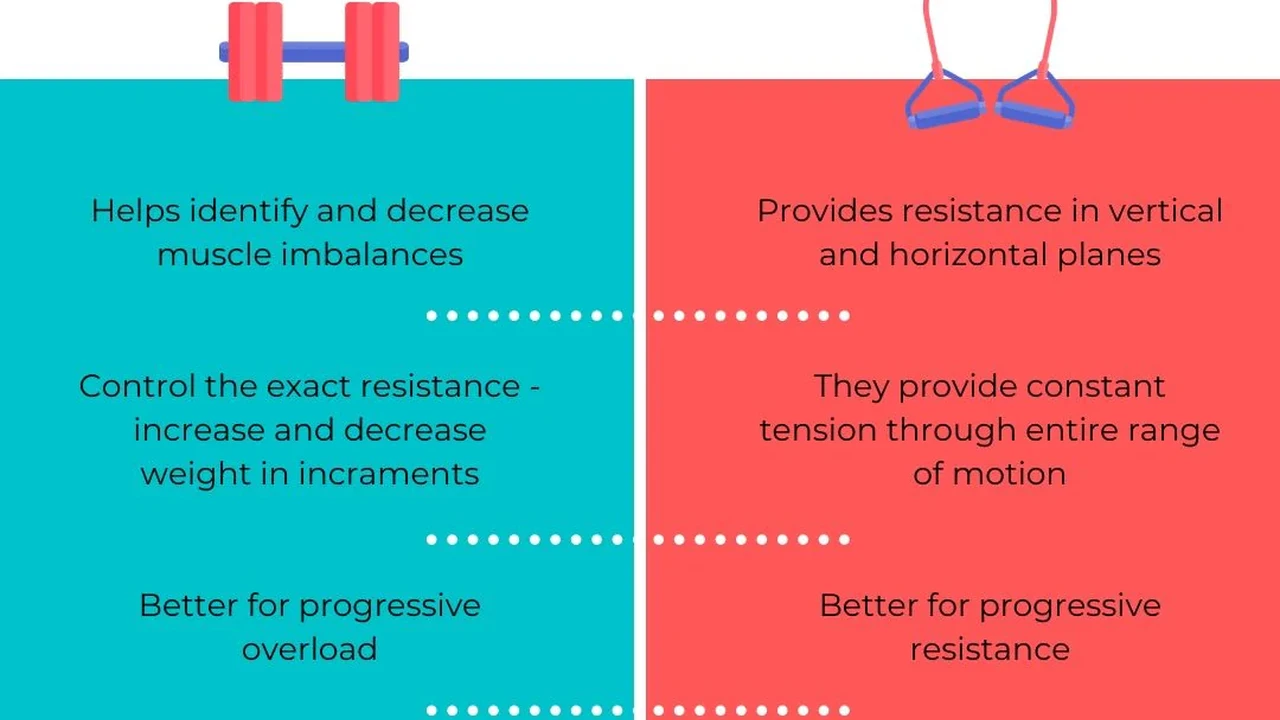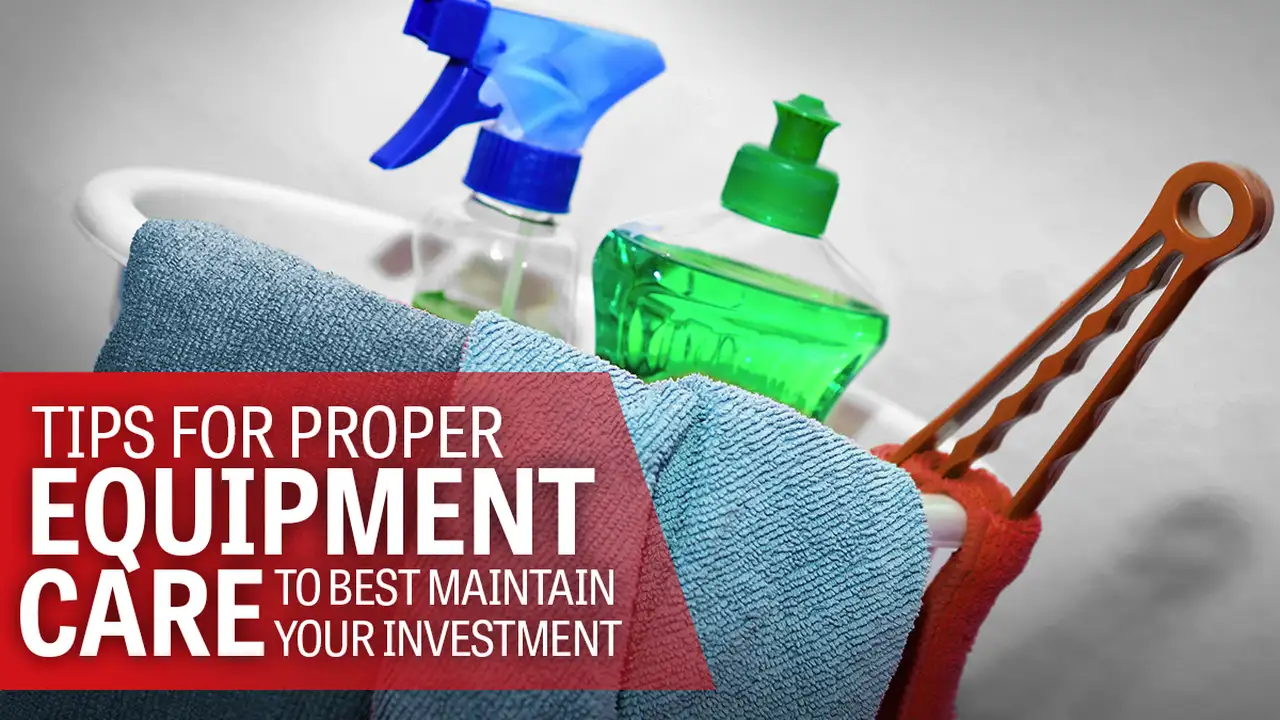Debunking Common Fitness Equipment Myths: What You Need to Know
Gym flooring can significantly impact your workout experience. Learn about the different types of gym flooring and their benefits. Protect your joints, reduce noise, and create a comfortable workout environment.

Why Gym Flooring Matters A Comprehensive Guide to Workout Flooring
So, you're setting up a home gym, or maybe you're looking to upgrade the flooring in your existing workout space? Excellent choice! Gym flooring isn't just about aesthetics; it's a critical component that impacts your safety, performance, and the overall longevity of your equipment. Let's dive into why it's so important.
Imagine doing burpees on a hard tile floor or dropping a dumbbell on flimsy laminate. Ouch! And expensive! Proper gym flooring acts as a cushion, absorbing impact and reducing the risk of injuries to your joints. It also protects your subfloor from damage caused by heavy equipment and dropped weights. Plus, it can dampen noise, which is a lifesaver if you live in an apartment or have family members who appreciate a little peace and quiet.
Types of Gym Flooring Exploring Materials and Their Benefits
The market is flooded with different types of gym flooring, each with its own set of advantages and disadvantages. Choosing the right one depends on your specific needs and the type of workouts you'll be doing. Here's a breakdown of some popular options:
Rubber Flooring Protects Your Joints and Equipment
Rubber flooring is a classic choice for gyms, and for good reason. It's durable, shock-absorbent, and relatively affordable. It comes in various forms, including:
- Rubber Rolls: Large, continuous sheets of rubber that are easy to install and provide a seamless surface. Ideal for covering large areas quickly.
- Rubber Tiles: Individual tiles that interlock or glue down. They're more versatile than rolls and can be easily replaced if damaged.
- Rubber Mats: Smaller, portable mats that are perfect for individual workout stations.
Benefits of Rubber Flooring:
- Excellent shock absorption, reducing joint stress.
- Durable and long-lasting.
- Water-resistant and easy to clean.
- Provides good traction, preventing slips and falls.
- Available in a wide range of thicknesses and densities.
Ideal for: Weightlifting, CrossFit, general fitness, and high-impact exercises.
Product Recommendations:
- Regupol AktivPro Rolls: High-density rubber rolls known for their durability and shock absorption. Price: $3-$5 per square foot.
- Rubber Flooring Inc. Interlocking Rubber Tiles: Easy to install and replace, offering good value for the price. Price: $2.50-$4 per square foot.
- ProsourceFit Puzzle Exercise Mat: Affordable and portable mats for individual workout stations. Price: $20-$30 per mat.
Foam Flooring A Budget-Friendly Option for Low-Impact Workouts
Foam flooring, typically made from EVA (ethylene-vinyl acetate) foam, is a softer and more affordable option than rubber. It's available in interlocking tiles and mats.
Benefits of Foam Flooring:
- Soft and comfortable surface for floor exercises.
- Lightweight and easy to install.
- Affordable compared to rubber flooring.
- Provides some shock absorption.
Ideal for: Yoga, Pilates, stretching, bodyweight exercises, and low-impact workouts.
Product Recommendations:
- BalanceFrom Puzzle Exercise Mat: Popular and affordable interlocking foam tiles. Price: $15-$25 per set.
- Gorilla Mats Premium Large Exercise Mat: Large, non-slip foam mat for various floor exercises. Price: $80-$120.
Considerations: Foam flooring is less durable than rubber and may not be suitable for heavy weightlifting or high-impact activities. It's also more susceptible to punctures and tears.
Carpet Tiles A Comfortable and Stylish Choice
Carpet tiles offer a comfortable and stylish alternative to rubber and foam. They provide a softer surface and can add a touch of warmth to your gym space.
Benefits of Carpet Tiles:
- Soft and comfortable underfoot.
- Adds warmth and style to your gym.
- Reduces noise.
- Easy to install and replace.
Ideal for: Low-impact workouts, yoga, Pilates, and general fitness.
Product Recommendations:
- Flor Modular Carpet Tiles: High-quality carpet tiles with a wide range of colors and patterns. Price: $5-$10 per square foot.
- TrafficMaster Peel and Stick Carpet Tiles: Affordable and easy to install carpet tiles. Price: $1-$3 per square foot.
Considerations: Carpet tiles are not as durable or water-resistant as rubber or foam. They may not be suitable for heavy weightlifting or high-impact activities, and they can be difficult to clean if stained.
Vinyl Flooring Waterproof and Easy to Maintain
Vinyl flooring is a durable and water-resistant option that's easy to clean and maintain. It's available in rolls, tiles, and planks.
Benefits of Vinyl Flooring:
- Waterproof and easy to clean.
- Durable and long-lasting.
- Available in a wide range of styles and patterns.
- Relatively affordable.
Ideal for: General fitness, yoga, Pilates, and areas that require frequent cleaning.
Product Recommendations:
- Armstrong Alterna Luxury Vinyl Tile: Durable and stylish vinyl tiles that mimic the look of stone or ceramic. Price: $3-$6 per square foot.
- Lifeproof Luxury Vinyl Plank Flooring: Waterproof and scratch-resistant vinyl planks that are easy to install. Price: $2-$4 per square foot.
Considerations: Vinyl flooring may not provide as much shock absorption as rubber or foam, so it may not be the best choice for heavy weightlifting or high-impact activities.
Specialty Flooring Options Unique Solutions for Specific Needs
Beyond the standard options, there are also specialty flooring types designed for specific purposes:
- Weightlifting Platforms: Constructed from multiple layers of wood and rubber, weightlifting platforms provide a stable and shock-absorbent surface for Olympic weightlifting.
- Turf Flooring: Artificial turf provides a durable and realistic surface for sled pushes, agility drills, and other athletic activities.
- Interlocking Gym Tiles with Wood Grain Finish: Combine the durability and shock absorption of rubber with the aesthetic appeal of wood.
Choosing the Right Thickness and Density Selecting the Optimal Level of Protection
The thickness and density of your gym flooring are crucial factors to consider. Thicker and denser flooring provides better shock absorption and protection for your joints and equipment. Here's a general guideline:
- ¼ inch (6mm) or less: Suitable for low-impact activities like yoga, Pilates, and stretching.
- ⅜ inch (9mm): A good all-around option for general fitness and light weightlifting.
- ½ inch (12mm): Ideal for heavier weightlifting and high-impact activities.
- ¾ inch (19mm) or thicker: Recommended for Olympic weightlifting and extreme workouts.
Consider the weight you'll be lifting and the type of exercises you'll be performing when choosing the thickness and density of your flooring.
Installation Tips Ensuring a Safe and Functional Gym Surface
Proper installation is essential for ensuring a safe and functional gym surface. Here are some tips to keep in mind:
- Prepare the Subfloor: Ensure that the subfloor is clean, level, and dry before installing any flooring.
- Follow Manufacturer's Instructions: Always follow the manufacturer's instructions for installation.
- Use the Right Adhesive: Use the recommended adhesive for your chosen flooring type.
- Leave Expansion Gaps: Leave small expansion gaps around the perimeter of the room to allow for expansion and contraction due to temperature changes.
- Clean and Maintain Regularly: Clean your gym flooring regularly to prevent the buildup of dirt and debris.
Product Comparisons Side-by-Side Analysis of Top Flooring Options
Let's compare some of the recommended products side-by-side to help you make a more informed decision:
Rubber Flooring Comparison
Regupol AktivPro Rolls vs. Rubber Flooring Inc. Interlocking Rubber Tiles:
- Regupol: More durable, higher density, better shock absorption, seamless surface, more expensive.
- Rubber Flooring Inc.: Easier to install and replace, more versatile, more affordable.
Verdict: Choose Regupol for heavy weightlifting and high-impact activities where durability and shock absorption are paramount. Choose Rubber Flooring Inc. for a more versatile and affordable option for general fitness.
Foam Flooring Comparison
BalanceFrom Puzzle Exercise Mat vs. Gorilla Mats Premium Large Exercise Mat:
- BalanceFrom: More affordable, interlocking design, smaller size, less durable.
- Gorilla Mats: Larger size, non-slip surface, more durable, more expensive.
Verdict: Choose BalanceFrom for a budget-friendly option for yoga, Pilates, and stretching. Choose Gorilla Mats for a larger and more durable mat for various floor exercises.
The Importance of Noise Reduction Creating a Quieter Workout Environment
Gym flooring can play a significant role in noise reduction, which is especially important in apartments, condos, and homes with multiple occupants. Rubber and cork flooring are particularly effective at dampening sound. Consider the noise level of your workouts and choose a flooring option that will help minimize disruptions to others.
Budget Considerations Finding the Best Value for Your Money
Gym flooring costs can vary widely depending on the material, thickness, and brand. Set a budget before you start shopping and compare prices from different retailers. Remember that investing in quality flooring can save you money in the long run by preventing injuries and protecting your equipment.
Long-Term Maintenance Caring for Your Investment
Proper maintenance is essential for extending the life of your gym flooring. Clean it regularly with a mild detergent and water. Avoid using harsh chemicals or abrasive cleaners, as they can damage the surface. Inspect the flooring periodically for signs of wear and tear and repair any damage promptly.
Addressing Common Concerns FAQs About Gym Flooring
Q: Is rubber flooring safe for my pets?
A: Generally, yes. However, avoid rubber flooring made from recycled tires, as it may contain harmful chemicals. Opt for virgin rubber or recycled rubber that has been tested and certified safe for pets.
Q: How do I clean rubber flooring?
A: Clean rubber flooring with a mild detergent and water. Avoid using harsh chemicals or abrasive cleaners.
Q: Can I install gym flooring over carpet?
A: It's generally not recommended to install gym flooring over carpet, as it can create an unstable surface. It's best to remove the carpet and install the flooring directly on the subfloor.
Q: How long will gym flooring last?
A: The lifespan of gym flooring depends on the material, thickness, and how it's used. Rubber flooring can last for 10-20 years or more with proper care.
Q: Where can I buy gym flooring?
A: Gym flooring is available at many home improvement stores, fitness equipment retailers, and online retailers.
Real-World Examples Gym Flooring in Action
Let's look at some examples of how gym flooring is used in different settings:
- Home Gym: A homeowner installs rubber tiles in their garage to create a dedicated weightlifting area.
- Commercial Gym: A fitness center uses rubber rolls throughout its facility to provide a durable and shock-absorbent surface for various workouts.
- Yoga Studio: A yoga studio uses foam mats to create a soft and comfortable surface for students.
- CrossFit Box: A CrossFit box installs a weightlifting platform to provide a stable and safe surface for Olympic weightlifting.
Conclusion: A Safe, Functional, and Comfortable Workout Space
Choosing the right gym flooring is an investment in your safety, performance, and the longevity of your equipment. By carefully considering your needs, budget, and the types of workouts you'll be doing, you can create a gym space that's both functional and comfortable. So, go ahead and elevate your workout experience with the perfect gym flooring!
:max_bytes(150000):strip_icc()/277019-baked-pork-chops-with-cream-of-mushroom-soup-DDMFS-beauty-4x3-BG-7505-5762b731cf30447d9cbbbbbf387beafa.jpg)






